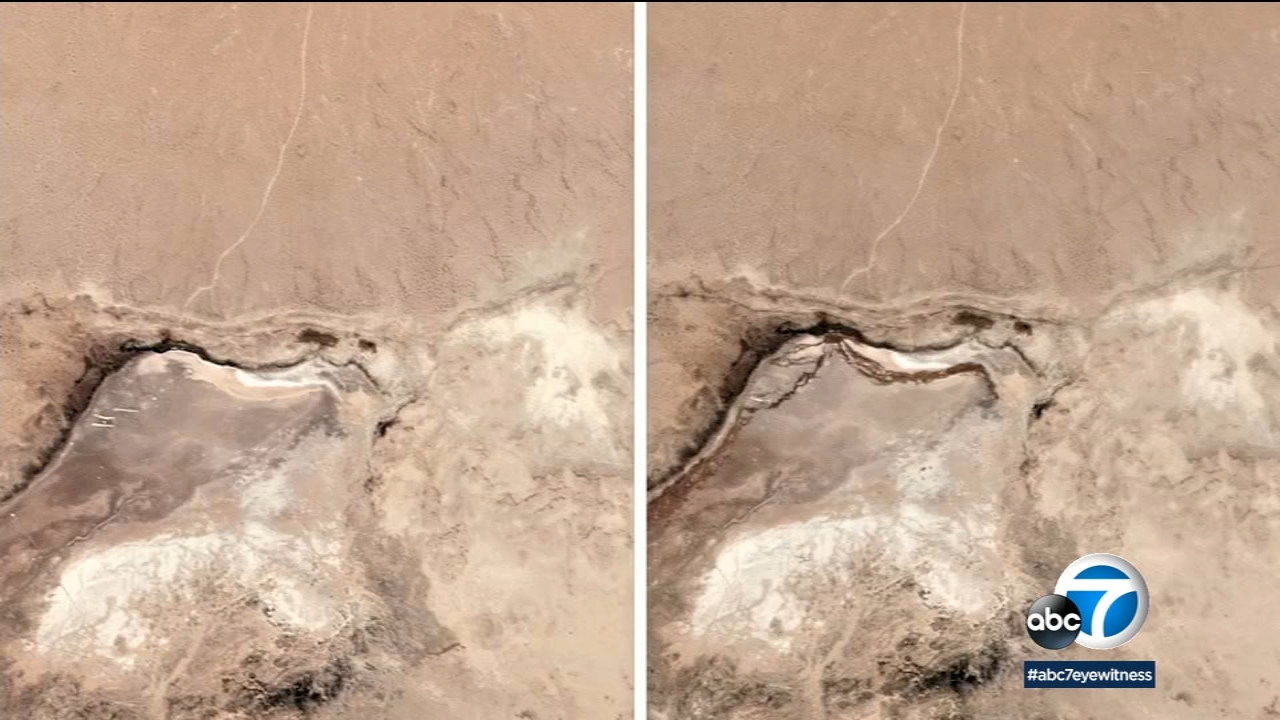



Radiocarbon dating contains other potential sources of error besides the assumption that the carbon is neither older nor younger than the enclosing sediment ( S. This requires that these sediments contain organic material of the same age as the sediment enclosing it so that radiocarbon dating is possible.

The age of a prehistoric earthquake is constrained by the age of the youngest sediment deformed during an earthquake and the oldest sediment unaffected by that deformation. By examining successive earthquakes on the same fault, it is possible to estimate the variation in earthquake recurrence interval, the magnitude, and the stability of earthquake segment boundaries. For example, the Pallett Creek site within the rupture zone of the 18 earthquakes on the San Andreas Fault provided evidence for more than eight prehistoric earthquakes, and investigations along the Wasatch Fault in Utah identified up to four prehistoric earthquakes in the past 5500 years at the same site. It is here that geology makes its greatest contribution by describing and dating earthquakes from the extensive geologic record. Most faults have earthquake recurrence intervals measured in thousands of years, so that an individual fault may have ruptured only once or not at all during the historical period, even where that period is longer than two millennia. Historical records show more than one cycle on the fast-moving North Anatolian Fault but, except for Parkfield, not on the San Andreas Fault, which has not ruptured historically southeast of the Transverse Ranges. The seismographic record of earthquakes is so short that only in rare cases, such as Parkfield, California, along the San Andreas Fault, can an entire earthquake cycle be recorded instrumentally. Yeats, in Encyclopedia of Physical Science and Technology (Third Edition), 2003 V Paleoseismology Wrap the concrete columns with carbon-fiber mesh, to hold the concrete column together when the building is shaken.Ĭaltrans developed improved reinforcement details: Closer spacing and improved detailing of column transverse reinforcement, requirements for top reinforcement in footings and pile caps, and controls on column longitudinal reinforcement splice location. Īvoid damage to below-ground structures by oversizing, to accommodate possible future strengthening of columns and/or superstructure should future seismic design requirements exceed the current requirements.Reduce torsional response of frames and overloading of stiff bents, by balancing stiffness between bents in individual frames. Use prismatic bridge columns throughout the column length. Īvoid large skews in the plan geometry of abutments, bents, and expansion hinges.Improve design of skewed bridges by eliminating skew, where feasible and lengthening seats. Minimize the number of expansion hinges to reduce unseating problems. Ĭonsider vertical ground accelerations in the design of bridge superstructures.Verify displacement capacities by inelastic pushover analyses, based on moment-curvature assessment of inelastic members. Use site-specific ARS spectral curves, where available. It uses the latest design criteria, as outlined in the ATC draft document of “Improved Seismic Design Criteria for California Bridges: Provisional Recommendations” (ATC 1996) for reduction of elastic spectral forces: The California Department of Transportation (Caltrans) has always compiled its own seismic design criteria. Caltrans Administrative and Technical Remediation Measures


 0 kommentar(er)
0 kommentar(er)
